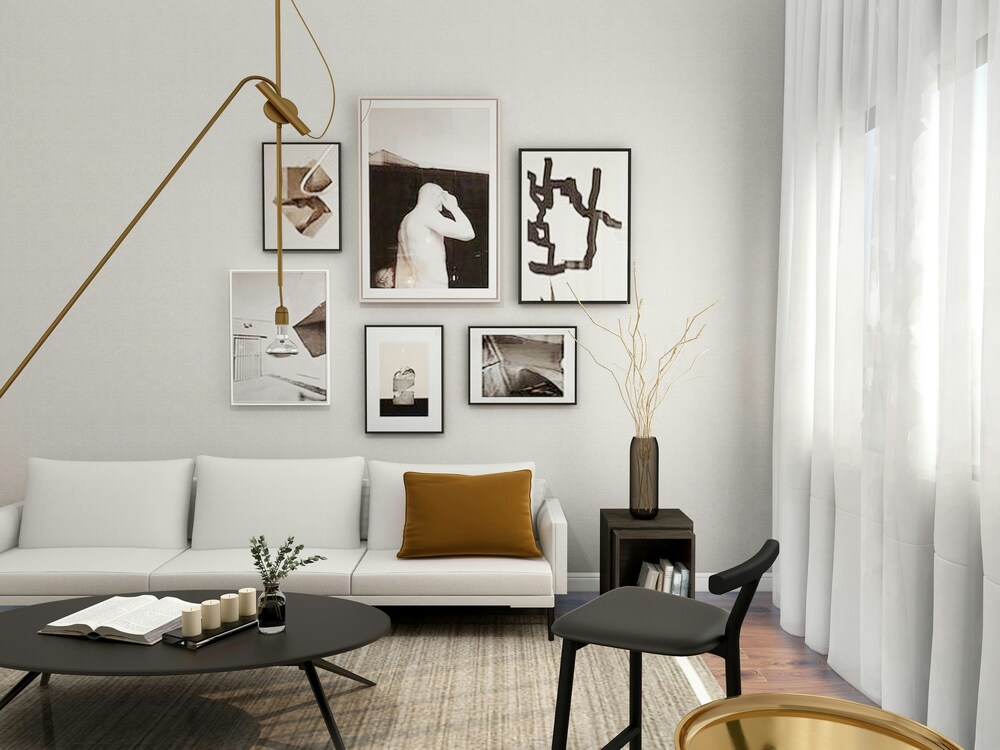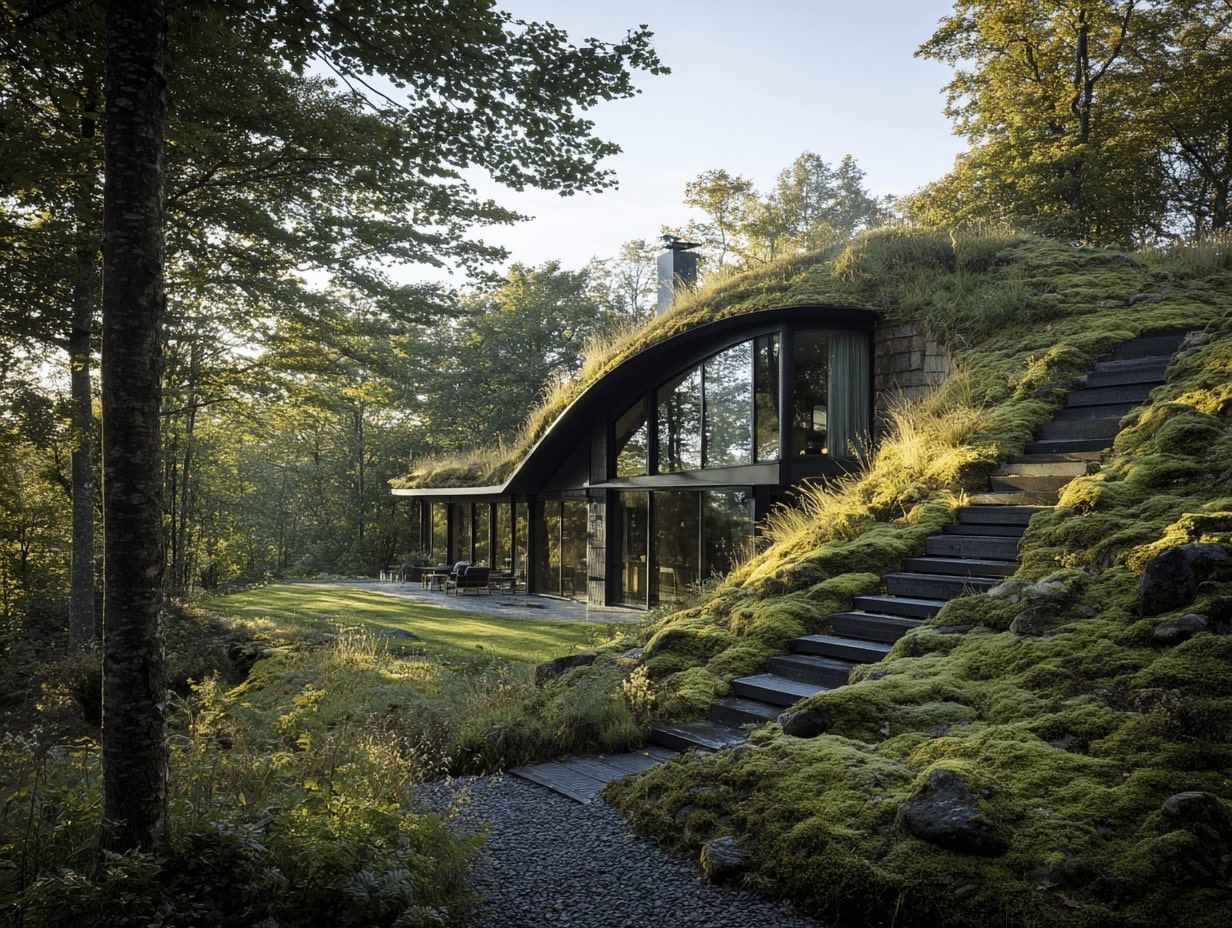- Home
- Articles
- Architectural Portfolio
- Architectral Presentation
- Inspirational Stories
- Architecture News
- Visualization
- BIM Industry
- Facade Design
- Parametric Design
- Career
- Landscape Architecture
- Construction
- Artificial Intelligence
- Sketching
- Design Softwares
- Diagrams
- Writing
- Architectural Tips
- Sustainability
- Courses
- Concept
- Technology
- History & Heritage
- Future of Architecture
- Guides & How-To
- Art & Culture
- Projects
- Interior Design
- Competitions
- Jobs
- Store
- Tools
- More
- Home
- Articles
- Architectural Portfolio
- Architectral Presentation
- Inspirational Stories
- Architecture News
- Visualization
- BIM Industry
- Facade Design
- Parametric Design
- Career
- Landscape Architecture
- Construction
- Artificial Intelligence
- Sketching
- Design Softwares
- Diagrams
- Writing
- Architectural Tips
- Sustainability
- Courses
- Concept
- Technology
- History & Heritage
- Future of Architecture
- Guides & How-To
- Art & Culture
- Projects
- Interior Design
- Competitions
- Jobs
- Store
- Tools
- More
The Role of Sustainable Materials in Interior Design for a Greener Future
Explore the pivotal role of sustainable materials in interior design, where beauty meets responsibility. This article delves into eco-friendly materials like reclaimed wood, bamboo, and recycled textiles, enhancing aesthetics while promoting healthier living spaces. Discover the economic benefits, innovative trends, and real-world case studies transforming interiors.

As we navigate the evolving landscape of interior design, the conversation around sustainability has never been more crucial. We’re witnessing a shift where eco-friendly materials are not just a trend but a necessity for creating spaces that are both beautiful and responsible. By choosing sustainable materials, we can transform our homes and offices into havens that reflect our values and commitment to the planet.
Incorporating sustainable materials into our designs doesn’t just enhance aesthetics; it also promotes healthier living environments. From reclaimed wood to recycled textiles, these materials offer unique textures and stories while reducing our ecological footprint. Join us as we explore the vital role sustainable materials play in shaping the future of interior design, and discover how we can all contribute to a greener world through our design choices.

Table of Contents
ToggleThe Importance of Sustainable Materials
Sustainable materials play a crucial role in interior design, shaping aesthetically pleasing and environmentally responsible spaces. Their use benefits both our surroundings and our economy.

Environmental Impact
Sustainable materials significantly reduce environmental footprints. Materials like bamboo, cork, and reclaimed wood minimize deforestation and habitat destruction. Additionally, they help lower carbon emissions during production. For example, using recycled metals in furniture reduces the need for new raw materials, conserving energy and resources. Implementing eco-friendly textiles, such as organic cotton and hemp, decreases pollution associated with conventional manufacturing processes. Overall, these materials contribute to healthier ecosystems and promote biodiversity.
Economic Benefits
Investing in sustainable materials offers substantial economic advantages. Sustainable materials often last longer, reducing replacement costs over time. Projects incorporating high-quality, eco-friendly materials can see increased property value due to growing consumer demand for green living spaces. Additionally, local sourcing of sustainable materials supports community businesses and boosts local economies. Tax incentives and grants for sustainable building projects further enhance financial viability, making green design a sound economic choice.
Types of Sustainable Materials
Sustainable materials play a crucial role in eco-friendly interior design. They not only contribute to environmental preservation but also enhance the aesthetics of our spaces.

Recycled Materials
Recycled materials include items repurposed from their original applications. We use recycled glass in countertops and tiles. Recycled plastics can transform into furniture, keeping waste out of landfills. Recycled metals, such as aluminum or steel, provide durable and stylish features in various designs. The use of these materials lowers the demand for new resources, reduces energy consumption during production, and lessens environmental impact. Popular recycled materials include:
- Recycled Glass: Available in various colors and textures, adding elegance.
- Recycled Wood: Offers unique character while preserving forests.
- Recycled Fabrics: Used in upholstery and textiles, promoting responsible sourcing.
Biodegradable Options
Biodegradable options are materials that naturally break down over time. We favor biodegradable products for their minimal ecological footprint. Options include:
- Bamboo: Grows rapidly, making it a renewable resource for flooring and furnishings.
- Cork: Harvested without harming trees, cork is perfect for flooring and wall applications.
- Natural Textiles: Materials like organic cotton, linen, and hemp decompose without leaving harmful residues.
These biodegradable choices contribute to a healthier environment, aligning with our commitment to sustainable interior design practices.
Incorporating Sustainable Materials in Interior Design
Sustainable materials play a crucial role in our interior design choices. By integrating these materials, we create spaces that reflect our commitment to both aesthetics and environmental responsibility.

Design Strategies
- Use Reclaimed Materials: We prioritize reclaimed wood and metal, which add character to designs while conserving resources. These elements often carry a story, enhancing the ambiance of any space.
- Select Local Materials: We source locally when possible, which lowers transportation emissions and supports regional economies. Materials such as local stone, clay, or timber allow us to create unique and regionally inspired designs.
- Incorporate Modular Designs: We employ modular designs that utilize sustainable materials like bamboo or recycled metals. Modular systems increase flexibility and make repurposing spaces easier, extending the materials’ life cycle.
- Utilize Biophilic Design Principles: We incorporate biophilic design, seamlessly integrating natural elements. This approach enhances both aesthetic appeal and occupants’ well-being, using sustainably sourced plants or natural finishes.
Color and Texture Considerations
- Embrace Earthy Tones: We opt for earthy color palettes derived from natural pigments, using paints and finishes that are low in VOCs. These tones promote a soothing environment while ensuring we limit harmful emissions.
- Combine Textures: We mix textures like reclaimed wood, organic cotton, and recycled metals, creating visually engaging spaces. These sustainable options offer durability and maintain a unique character over time.
- Focus on Natural Fibers: We choose textiles made from organic or recycled materials, such as wool, jute, or hemp. These options not only provide comfort but also contribute to healthier indoor air quality.
- Highlight Unique Features: We showcase the natural imperfections of sustainable materials, such as the knots in reclaimed wood or patterns in recycled glass. These natural features enhance the overall design and celebrate the authenticity of our materials.
Case Studies in Sustainable Interior Design
Sustainable materials have transformed interior design projects by emphasizing eco-friendly practices and enhancing aesthetics. We explore notable examples in both residential and commercial spaces that exemplify this shift towards sustainability.

Residential Projects
Sustainable design shines in residential projects that prioritize eco-friendly materials. For instance, a recent renovation in Portland showcased reclaimed wood flooring, which replaced traditional hardwood. This choice not only reduced deforestation but also added character to the home with its unique grain patterns. Additionally, bamboo cabinetry was installed in the kitchen, combining durability with a sleek, modern look. The use of low-VOC paints throughout the house improved air quality, providing a healthier living environment.
Another example includes a New York City loft that featured recycled glass countertops. The elegant design contributed to a vibrant aesthetic while promoting recycling initiatives. We see how integrating sustainable materials into residential design not only supports environmental efforts but also enhances the visual appeal of living spaces.
Commercial Spaces
Sustainable materials play a crucial role in commercial spaces, reflecting companies’ commitment to environmental responsibility. A notable case study involves an office in San Francisco that utilized cork flooring, which offers sound insulation and a unique appearance. By choosing locally sourced materials, the project reduced transportation emissions and supported local economies.
In another instance, an eco-friendly hotel chain incorporated solar panels and reclaimed water systems alongside sustainable textiles for furnishings. This approach generated significant energy savings and created an inviting atmosphere for guests. By implementing green roofs and biophilic design, the hotel integrated nature into the urban environment, promoting well-being among visitors.
These case studies illustrate how sustainable materials effectively contribute to both efficiency and aesthetics in commercial spaces, demonstrating a broad commitment to sustainability in design practices.
Future Trends in Sustainable Interior Design
Sustainable interior design is evolving, with new innovations and shifting consumer preferences shaping its future. We’re observing remarkable developments in materials and a growing consumer demand for eco-friendly options.

Innovations in Materials
Innovations in sustainable materials drive the interior design industry forward. 3D printing technology now allows designers to create custom furnishings from recycled plastics, reducing waste and energy consumption. Bio-based materials, such as mycelium and hempcrete, offer unique aesthetic possibilities while maintaining eco-friendliness. Additionally, advanced processing techniques make it easier to source reclaimed wood and other sustainable materials, ensuring they meet high-quality standards. Smart textiles, which improve energy efficiency and indoor air quality, are increasingly integrated into residential and commercial projects. These innovations highlight a commitment to design that prioritizes sustainability without sacrificing style.
Consumer Preferences
Consumer preferences are shifting towards sustainability in interior design. Studies show a 70% increase in demand for eco-friendly products within the last five years. Homeowners now prioritize sustainable options when making purchasing decisions. As society becomes more environmentally conscious, clients seek transparency in sourcing, with a preference for locally made materials. Preferences also include adaptable and multifunctional designs that reduce waste and extend product lifespans. By responding to these evolving preferences, designers create spaces that resonate with values of sustainability and enhance overall well-being.
Conclusion
Sustainable materials play a crucial role in transforming interior design. By prioritizing eco-friendly options, we create aesthetically pleasing spaces while minimizing environmental impact. Reclaimed wood, recycled textiles, and biodegradable materials enhance both the beauty and the health of our environments.
We recognize the financial benefits of selecting sustainable materials. Durable products lower long-term costs and increase property values, driven by the rising consumer demand for green living. Sourcing locally not only supports our communities but also reduces carbon emissions associated with transportation.
Incorporating materials like bamboo and cork showcases our commitment to sustainability while adding warmth and character to our designs. Through biophilic principles and thoughtfully selected earthy color palettes, we foster connections between our interiors and the natural world.
As we embrace innovations like 3D printing and smart textiles, we position ourselves at the forefront of sustainable design. Future trends indicate a robust shift toward renewable resources, aligning with our shared values of environmental responsibility. Adapting to consumer preferences for eco-friendly products guides us in creating comfortable, multifunctional spaces.
Understanding the significant role of sustainable materials empowers us to make informed design choices. Together, we can champion environmentally friendly practices and cultivate healthier living environments.
- eco-conscious interiors
- eco-friendly interior design
- energy-efficient interior design
- environmentally friendly materials
- environmentally responsible design
- ethical design
- green interior design
- green materials
- interior design for sustainability
- interior design innovations
- low-impact materials
- natural materials in design
- recycled materials in design
- renewable materials
- sustainable building materials
- sustainable design materials
- sustainable design trends
- sustainable finishes
- Sustainable Furniture
- sustainable home decor
- Sustainable Materials
Submit your architectural projects
Follow these steps for submission your project. Submission FormLatest Posts
The Revival of Chunky Fiber Crafts in Modern Interior Design
Contemporary interior architecture has shifted away from hard minimalism. After a decade...
What Have Been the Biggest Interior Design Trends of 2025 – And Are They Here to Stay?
Differentiating between timeless and fleeting designs? This talent is what separates great...
Sustainable Solutions in Contemporary Architecture: From Passive Design to Clean Energy
Sustainable solutions in contemporary architecture: a practical playbook to hit net-zero, cut...
Sustainable Coastal Construction: Building Resilience Where Land Meets Sea
Sustainable coastal construction expert guide: plan, design, and build resilient shorelines with...












Leave a comment